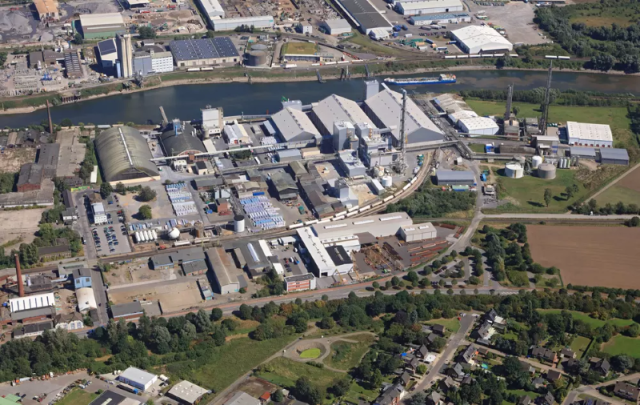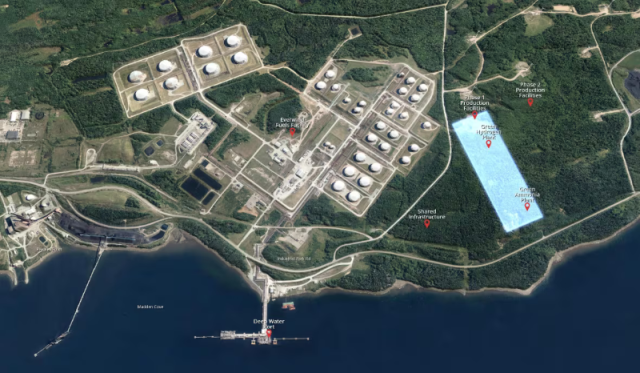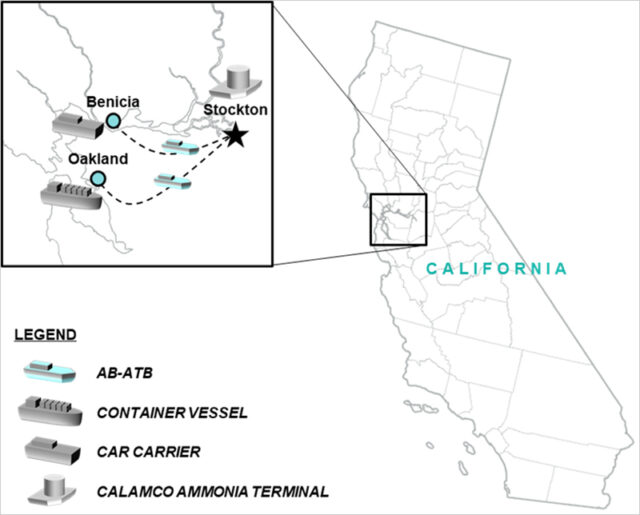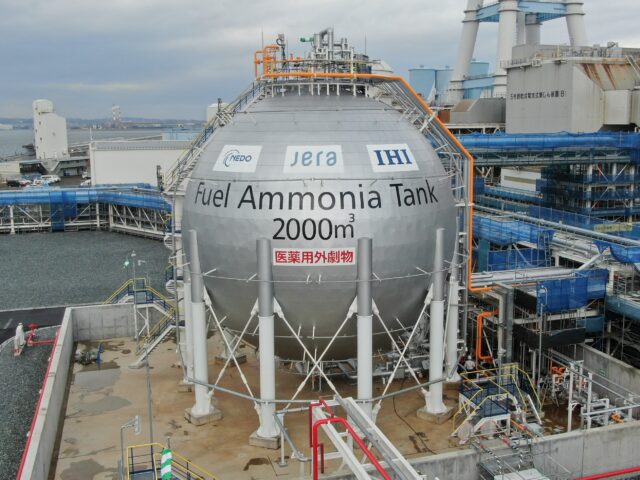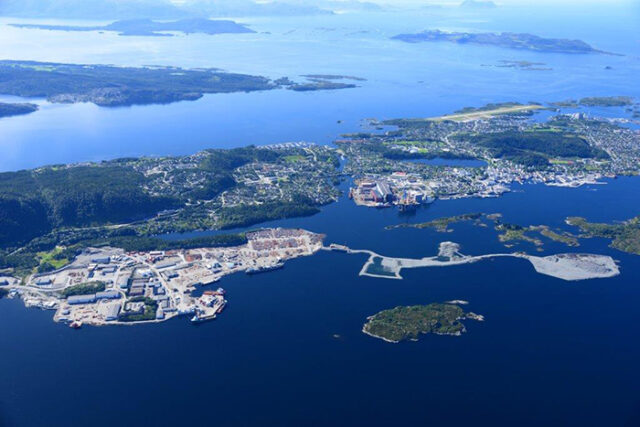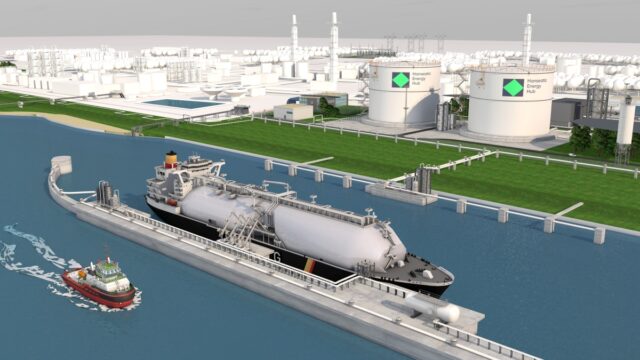OCI Global will deliver ammonia produced at its Texas plant to COMPO EXPERT in Germany, replacing 25% of its feedstock with low-carbon ammonia from this year. Meanwhile, the Indian Farmers Fertiliser Cooperative Limited (IFFCO) will offtake 200,000 tons of renewable ammonia per year from ACME’s under-development plant in Gopalpur, Odisha. This second deal will be facilitated by the use of “Internationally Transferred Mitigation Outcomes” (or ITMOs), a credit mechanism established by the Paris Agreement.
Content by Author
EverWind Fuels progresses Nova Scotia project
Black & Veatch has completed FEED work for Phase 1 of the Point Tupper project in Nova Scotia. With construction on track to begin later this year, ammonia production is expected to commence in 2026: 240,000 tons per year from electrolytic hydrogen powered by onshore renewables. EverWind Fuels also indicates that the project has been pre-certified by CertifHy™, meaning produced ammonia will meet compliance rules for exports to the EU.
CF, JERA to develop mega-project in Louisiana
CF Industries and JERA will work towards development of a 1.4 million tons per year, gas-based mega-project at CF’s planned Blue Point complex in Ascension Parish. JERA will explore a 48% ownership stake in the new project, with FID scheduled within a year. In Odisha, India, JERA will work with ReNew on the development of a renewables-based ammonia project.
Ammonia bunkering in California
The American Bureau of Shipping, Fleet Management Limited, Sumitomo Corporation, TOTE Services and CALAMCO will explore the feasibility of ship-to-ship bunkering at the Ports of Oakland and Benicia, leveraging CALAMCO’s existing ammonia import and storage terminal at the Port of Stockton.
JERA begins ammonia co-firing demonstration at Hekinan
With installation and testing of ammonia fuel equipment now complete, a 20% ammonia co-firing demonstration will proceed from April to June this year at the Hekinan power plant. JERA and IHI aim for commercial operations to begin around March 2025. JERA is also exploring part ownership and offtake from Exxon Mobil’s CCS ammonia mega-project in Baytown, Texas.
Safety approvals for ammonia energy in Norway, Netherlands
Yara and Azane have received approval from Norway’s Directorate for Civil Protection to construct their first ammonia bunker facility at Fjord Base, with the bulk of bunker operations to provide offshore supply vessels with ammonia fuel. In the Netherlands, the Dutch EPA has granted a permit to OCI Global to construct a 60,000 ton ammonia storage tank in Rotterdam, based on requirements that will feature in the updated version of PGS-12.
Ammonia-ready import terminal gets green light in Stade
Located in Stade, Germany, the €1 billion Hanseatic Energy Hub will serve as an import terminal for LNG and subsequently ammonia. Project partners announced this month that they have reached FID, with operations to begin in 2027. HEH joins a long list of ammonia import terminals planned along Germany’s coastline.

